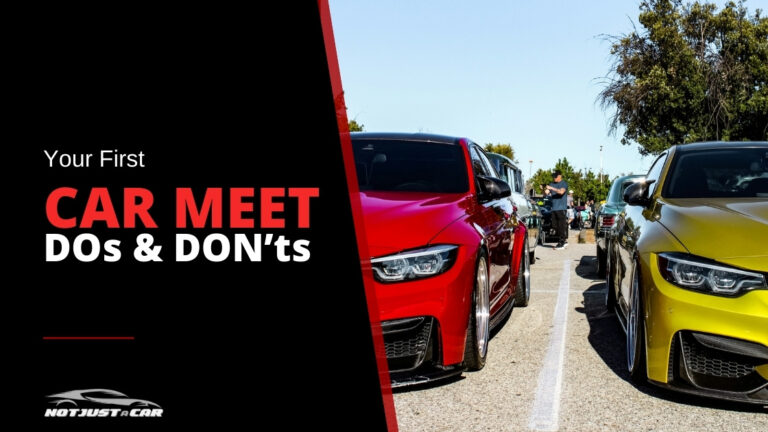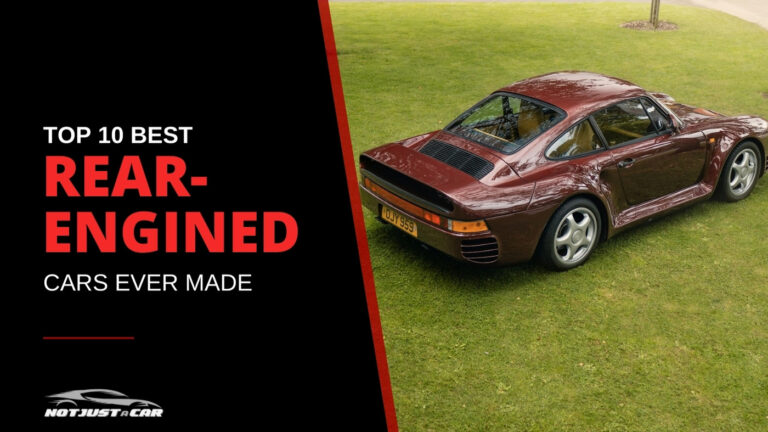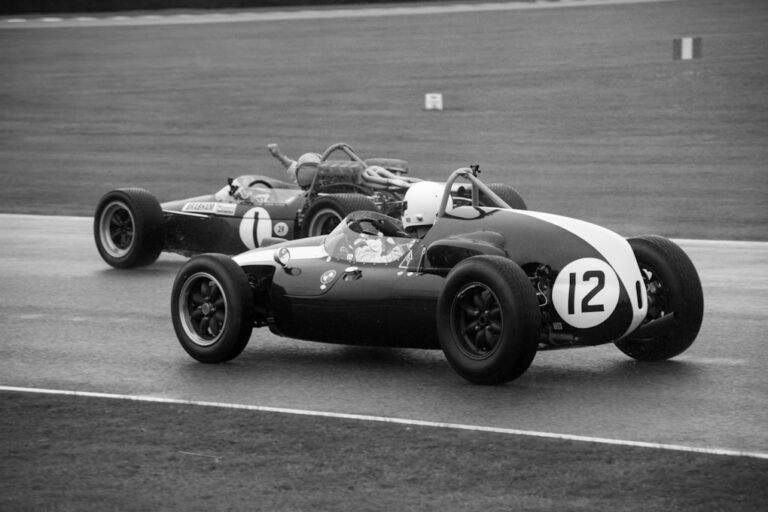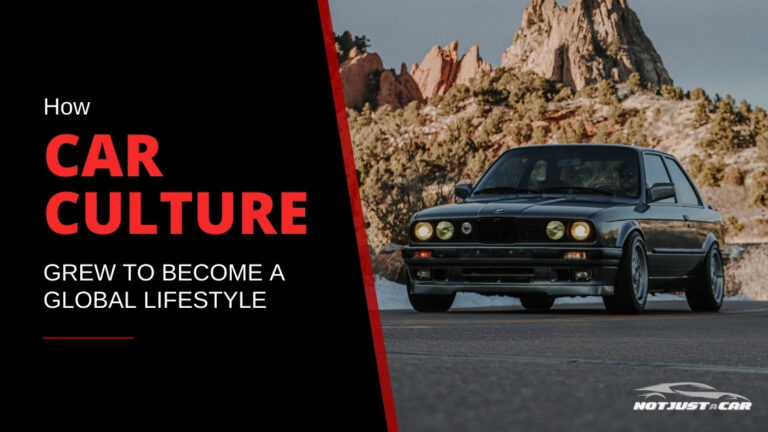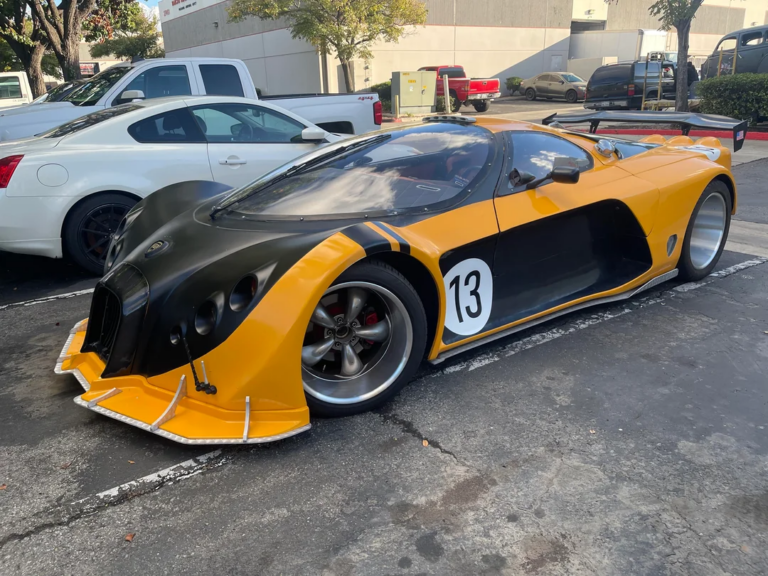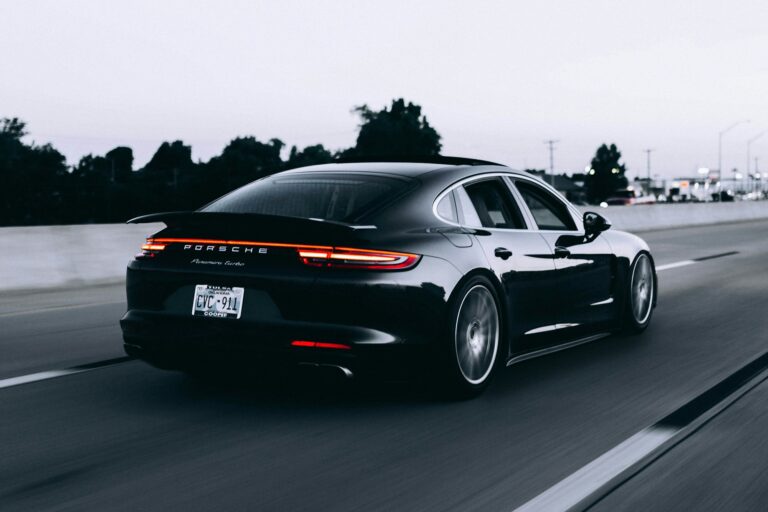Why Manual Transmissions Are Actually Making a Comeback
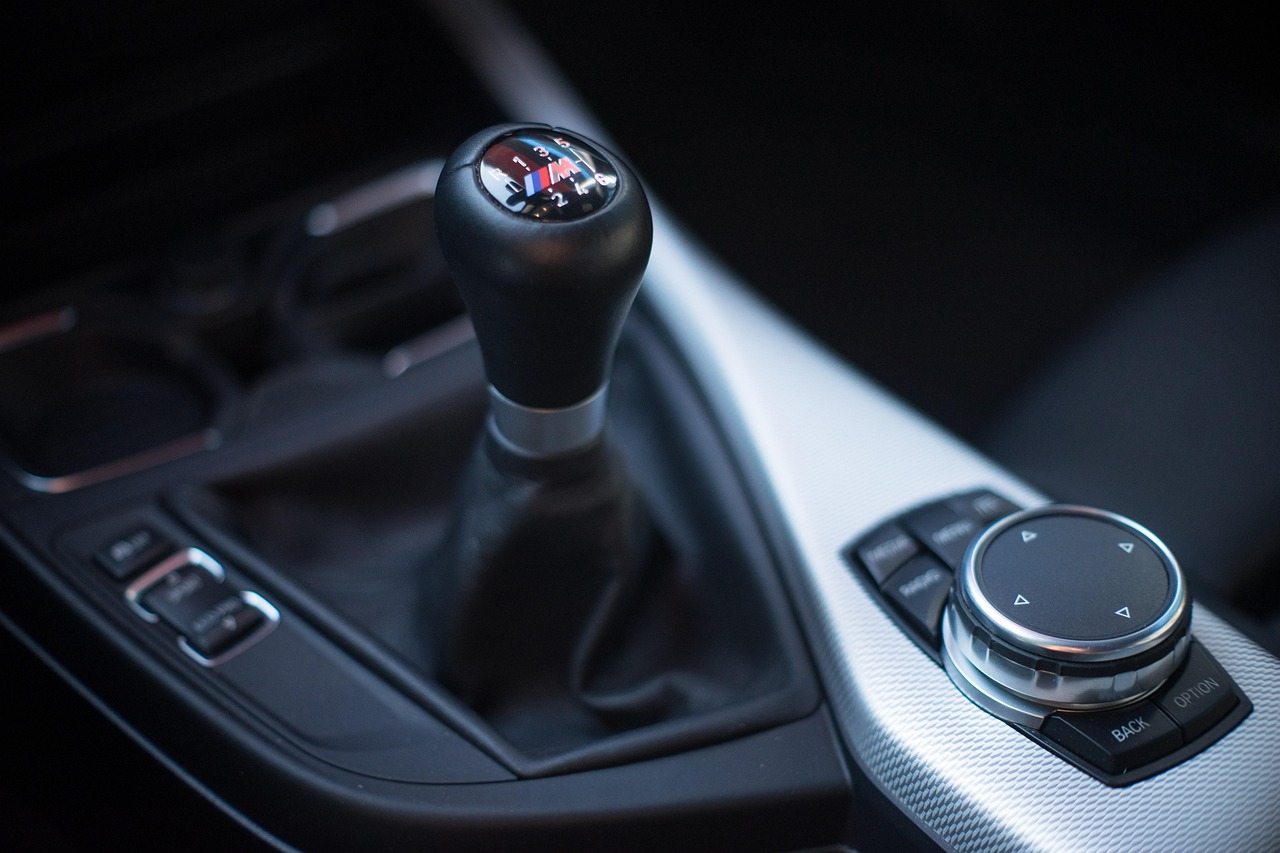
Manual transmissions are experiencing a surprising resurgence, defying the industry’s shift towards electric vehicles and advanced automatics. This counter-intuitive trend highlights how the raw engagement of a manual gearbox is becoming a highly desirable, premium feature for true driving enthusiasts in an increasingly digital world.
Quick Links
Is the Manual Transmission Here to Stay? – Key Takeaways
- Manuals offer unparalleled driving engagement, connecting drivers to their cars in a way automatics cannot.
- In the age of EVs, the manual transmission is becoming a premium, enthusiast-driven choice, not just a base model option.
- Certain manual-equipped performance cars are seeing stronger resale values due to their rarity and driving appeal.
- The act of shifting gears manually provides a tactile, skills-based satisfaction that modern, hyper-efficient cars often lack.
- This comeback isn’t about efficiency; it’s about preserving the joy of driving for a passionate niche.
The Digital Detox for Your Drive
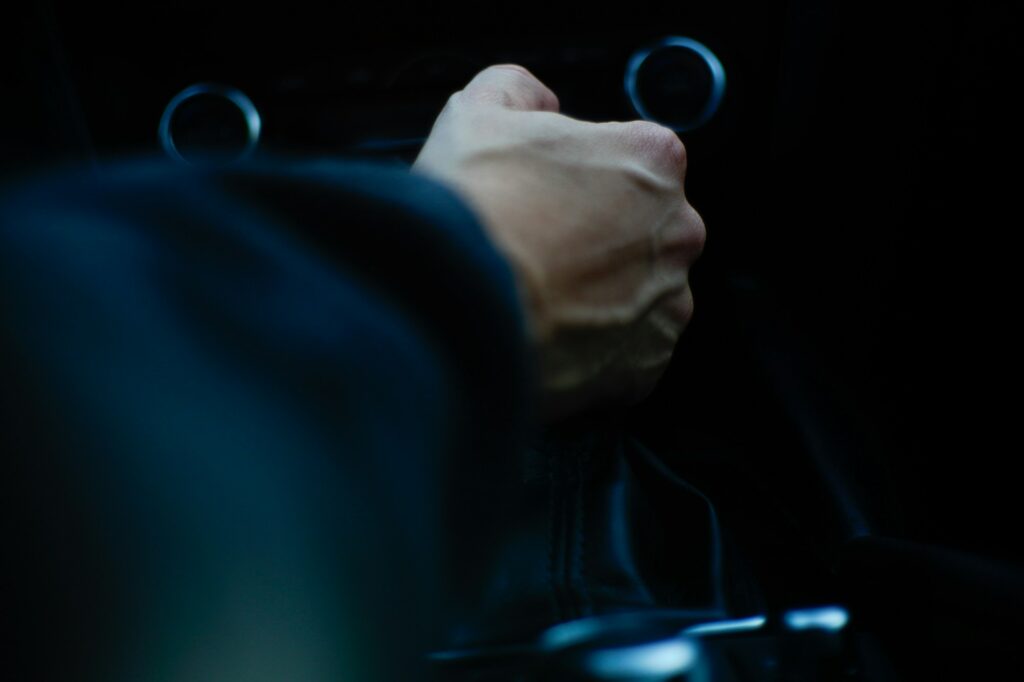
Alright, so you’re seeing it, right? Everyone and their dog is talking about EVs. Autonomous driving. Gearboxes with 10, 11, like, a million speeds. And yet, tucked away in the corners of forums, on track days, and in the “want to buy” sections of classifieds, there’s this… vibe. A quiet hum, then a roar, for the good old stick shift. It’s wild, man. Like, totally counter-intuitive in an age where your car practically drives itself. But that’s the point, isn’t it?
Think about it. We’re bombarded by screens, by automation, by convenience. Our phones tell us what to do, our smart homes do our bidding, and our cars? Well, they’re basically rolling computers. And honestly, it gets kinda… sterile. Where’s the challenge? Where’s the fun? I mean, I love my F31 diesel wagon – it’s a fantastic daily, pulls like a freight train, especially after a good remap – but sometimes, you just want to work for it, you know? You want to feel every shift, every blip, every little mistake you make and correct. That’s the manual comeback right there. It’s a digital detox for your drive. It’s about being PRESENT.
Manuals: The New “Premium” Option
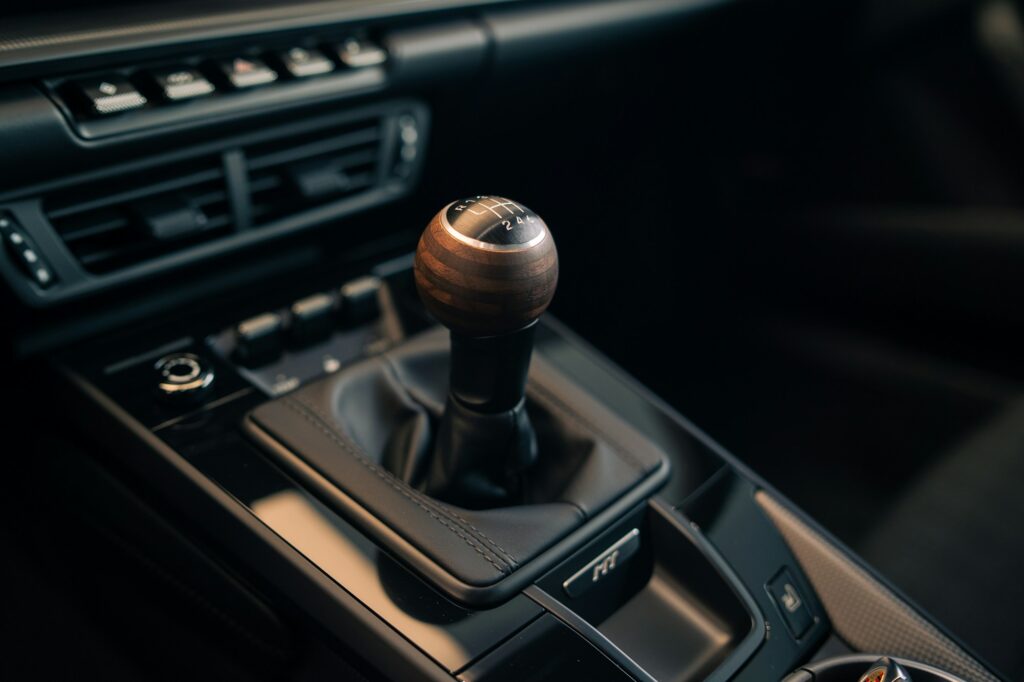
For decades, the manual was the base model, the cheaper option. You got the automatic if you wanted luxury, convenience, or just didn’t wanna deal with three pedals in traffic. Now? That script is FLIPPED. A manual transmission, especially in a performance car, is increasingly seen as a premium, enthusiast-driven choice. It’s not about saving a grand or two anymore. It’s about getting the right spec, the real driver’s car.
Look at Porsche. For ages, if you wanted the ultimate track weapon, you got a PDK. But then they brought back the 6-speed manual for the 991.2 generation of the 911 GT3. And people WENT NUTS. Prices for those cars, especially early on, were INSANE. It was a statement. Porsche recognized that their most hardcore buyers, the ones who truly track their cars and appreciate the craft, wanted that interaction, even if the manual one was a couple of miliseconds slower than the PDK for 0-60 time..
Similarly, BMW keeps offering manuals in their M cars – the M2, M3, M4 (G80/G82 generation, for the purists) still have the 6-speed manual option, but apparently only for the “regular” non competition models. Oh and I almost forgot about probably best modern handling BMW: the Z4 M40i, which comes with, you guessed it… a manual or a handschalter as the Germans call it.
So yeah, a manual transmission in this era is definetly not the faster option or the most efficient one, but it is, without a doubt, the most engaging option. And that engagement is now considered a premium. You’re paying for the experience, the connection, the sheer FUN.
The Resale Value
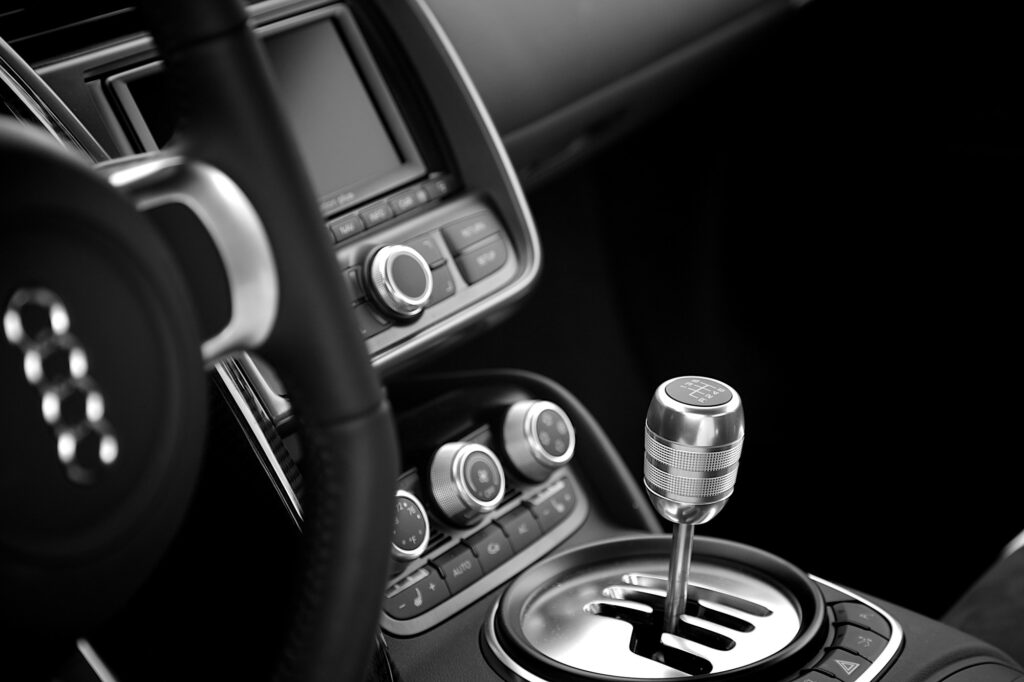
Oh and manuals aren’t just about feel-good vibes, either. There’s a tangible market shift. For certain collectible performance cars, manual transmissions are actually holding, and in some cases, increasing their value far better than their automatic counterparts. Think about an E46 M3 CSL – only offered in SMG, but if it had a proper manual, imagine the prices. Or a clean E30 M3 – try finding one with an automatic. You won’t, because it wasn’t offered. But the point is, for cars where both were offered, the manual one, like the Audi R8 with a gated manual shifter (pictured above) often commands a premium on the secondary market.
Take the Honda S2000. Finding a clean AP1 or AP2 with its original 6-speed manual is a serious hunt, and prices reflect that. We’re talking $30,000 to $50,000+ for well-maintained examples, depending on mileage and condition. Compare that to say, a similar-era automatic Lexus IS300 – a fine car, but not carrying the same cult status or manual premium. Even for more modern cars, like the Toyota Supra (A90), the introduction of a 6-speed manual option for the 2023 model year was met with HUGE enthusiasm.
People were literally begging for it since the car launched. Toyota listened, and you can bet those manual versions will be highly sought after years down the line. It’s simple supply and demand: fewer manuals are made, more enthusiasts want them, prices go UP.
The EV Paradox: Why Manuals Make Sense Now More Than Ever
Okay, here’s the kicker, the real deep dive into why this comeback is happening now. EVs are inherently quiet, smooth, and incredibly linear in their power delivery. They’re FAST, don’t get me wrong.But there’s no shifting. Most of them have just one gear, some like the Audi RS e-Tron have two (both automatic anyway). No engine note (unless it’s artificially pumped in, which, is kinda lame tbh). No mechanical symphony. It’s just… go. Which is efficient, but also kinda boring after the initial thrill.
This lack of mechanical engagement in EVs highlights what we’re missing. It puts a spotlight on the pure, unadulterated experience of driving. And what’s more experienced-driven than a manual? It forces you to think. To time your shifts. To understand the engine’s power band, the torque curve. To heel-toe like a boss on the downshifts. It makes you a more involved, and arguably, a better driver.
When the future is silent, electric, and gearless, the past – the mechanical, noisy, gear-filled past – becomes a breath of fresh air. It’s the ultimate counter-punch to the march of progress. It’s a statement: “I drive this car, it doesn’t drive me.” And honestly, that’s a powerful feeling. It’s a connection, you know? Something solid in a world that feels increasingly… virtual.
Ok, I’m going to end this article here before I start sounding like an old man that shouts at clouds. Bottom line: automatics are cool and effortless (I daily drive one), manuals are cooler and more engaging. In the end, I’m one of those car enthusiasts that likes both (shocker I know).
But in a top 3 worst traffic in the world city, driving around in an automatic is not that bad (especially if you also have lower back pain from time to time).
FAQ
Are manual transmissions really disappearing?
While overall production numbers have declined significantly, manufacturers still offer manual options in many enthusiast-focused and performance vehicles due to continued demand.
Do manual cars get better fuel economy than automatics?
Historically, manuals often offered better fuel economy, but modern automatics (especially dual-clutch and advanced torque converter units) frequently surpass manuals in efficiency.
Are manual cars harder to drive in traffic?
Yes, manuals generally require more effort and attention in stop-and-go traffic compared to automatics, which is often cited as a reason for their declining popularity in daily drivers.
Will manual cars become more expensive in the future?
For specific desirable models, manual versions are already commanding higher resale values and are likely to continue to do so as they become rarer and more sought after by collectors and enthusiasts.
Which new cars still offer a manual transmission?
Several current models offer manuals, including the Porsche 911, BMW M2/M3/M4, Toyota GR Supra, Ford Mustang, Mazda MX-5 Miata, and Honda Civic Type R, among others.

